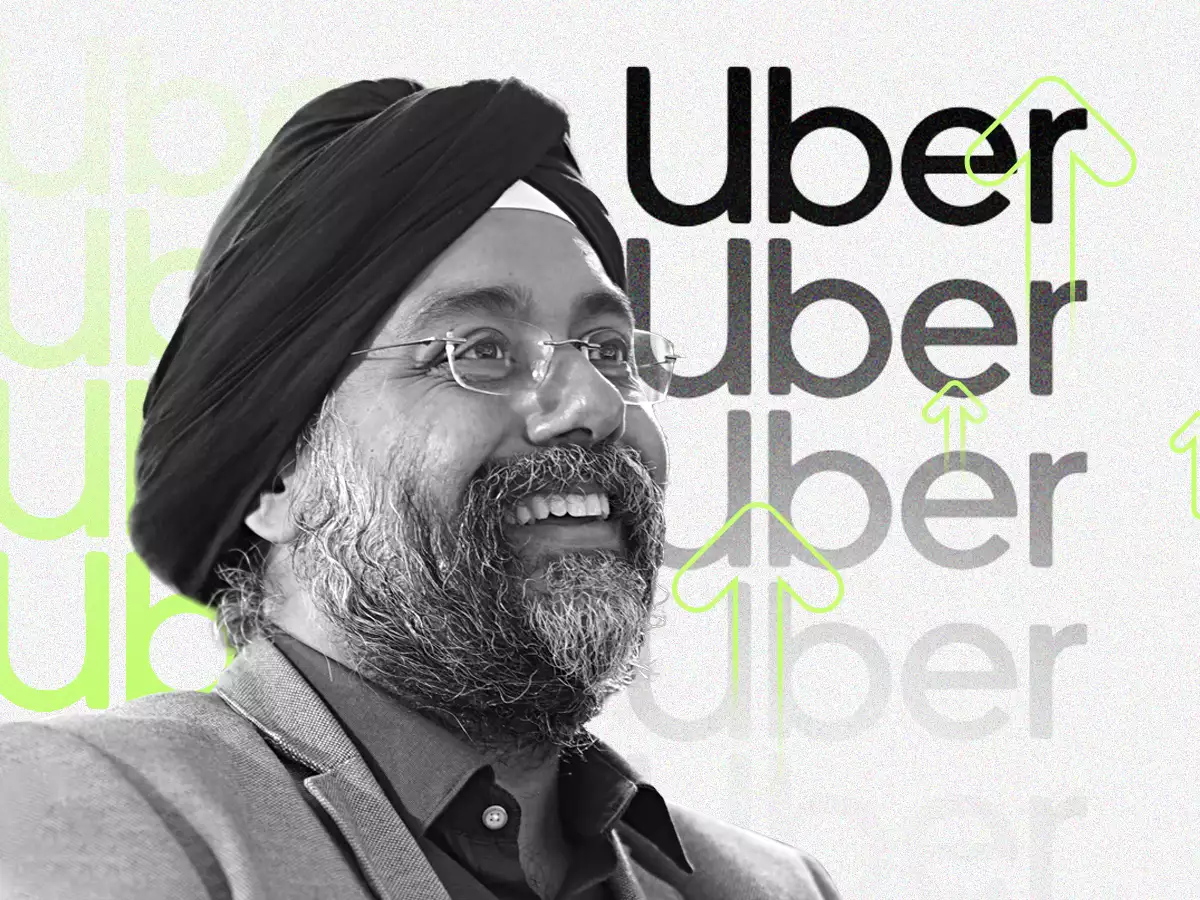
“We’re fulfilling less than the total demand that we have on the platform because we still have fewer cars on the platform than would be required to fulfil the demand,” Prabhjeet Singh, president of Uber India and South Asia, told ET in an exclusive interaction. He said the ride-hailing segment is recording rapid growth in India.
“Our market assessment tells us that the segment is growing in the high 20s, and we (Uber India) are growing in mid-to-high 30s,” Singh said. “In the last quarter, we’ve added more riders and drivers than we’ve ever had on our platform…and this is in our 11th year of operations, which shows that the category — even at this scale — is accelerating.”
While Uber and Ola continue to dominate app-based taxi service in India, they are facing increasing rivalry from newer players such as WestBridge Capital-backed Rapido, which recently closed a USD 200-million funding round, BluSmart, Namma Yatri and InDrive among others.
Yet, according to Singh, there is a shortage of vehicles in this space.
“Right now, the whole category is still supply constrained…and long term, I anticipate the market will be supply constrained,” he said.
India mandates commercial registration for taxis, unlike multiple other global markets in which Uber operates such as the US, the UK, Australia, Bangladesh and Sri Lanka where private cars are allowed to ply through cab aggregator platforms. This, Singh said, acts as a barrier for more drivers to enter the space.
“Remember, India is a commercially licensed market. An earner, despite having intent and skills, has to buy a vehicle typically, or borrow one, to drive on a platform,” he said.
“That adds an incremental bottleneck for the supply to be created. A lot of the effort from the industry in the earlier years, and even today, goes into overcoming this barrier to access to vehicles.”
Uber’s India bet
The San Francisco-based firm continues to invest in building new products and services out of India even as it doubles down on delivering profits globally. “We are choosing to invest in India given how important it is for our global portfolio,” Singh said, adding that the country is Uber’s third-largest market globally by volume and one of the fastest-growing markets. “Some of the innovations that are happening often require upfront investments,” he said.
“There are few markets in the world at this scale in any category that would be growing at upwards of 30% year-on-year in an economically sustainable manner,” he reasoned. Uber has more than 1.1 million active drivers on its platform in India and the number is growing continuously, he said.
“The way we think of the business is that our goal is to fulfil the largest percentage of requests that happen on the platform in the shortest possible time,” Singh said. “The reason for this is that a consumer will come back on our platform only if he or she was able to get the vehicle within a certain threshold.”
Over the last few years, Uber India has diversified beyond its core on-demand ride-hailing product and introduced services such as intercity rides, pre-reserved trips, store pickups and bus shuttles. It is set to bring back its top-of-the-line offering Uber Black to India after a hiatus of 10 years, as reported by ET exclusively on August 26.
Disclaimer: The copyright of this article belongs to the original author. Reposting this article is solely for the purpose of information dissemination and does not constitute any investment advice. If there is any infringement, please contact us immediately. We will make corrections or deletions as necessary. Thank you.





